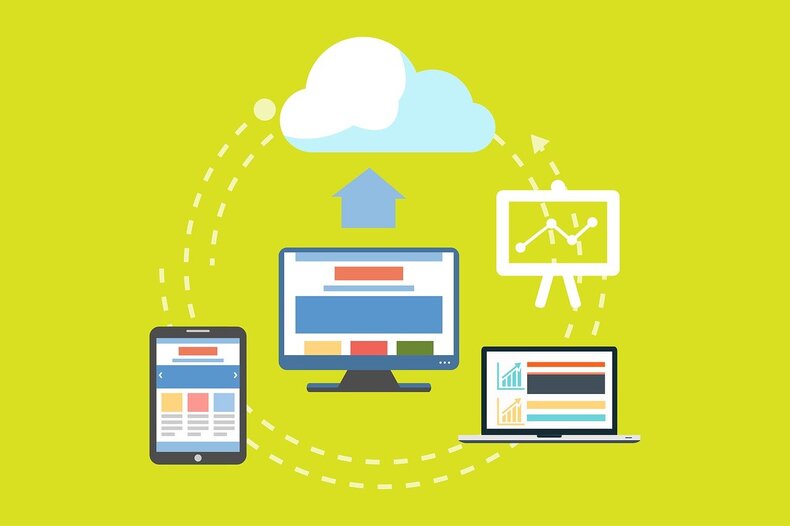3 Cloud Architecture Patterns That Optimize Scalability And Cost
Cloud architecture is a way of bringing technology components together to build a cloud where reserves are combined using virtualization technology and used in common through a network. Cloud architecture consists of the components given below:
- external platform (client or device used to access the cloud);
- internal platform (servers and storage);
- cloud model of application delivery;
- network.
Together, these technologies constitute the cloud computing architecture where applications can operate, enabling end-users to take advantage of cloud resources.
Cloud Computing Infrastructure Patterns
There are three key service models that are driving an organization’s journey to the cloud. Each of them has its own advantages and key features, such as scalability computing or lowering the cost.
- Software as a Service (SaaS). It is a fully functional user application that performs specific functions, such as working with images or sound. Subscription remains the most popular form of payment in this segment. In the case of SaaS, the responsibility of the cloud provider is transferred to the issues of application configuration, monitoring and backup. Therefore, such a model of work does not require the presence of a technical specialist in the organization’s team, everything is done by the provider.
- Platform as a Service (PaaS) covers the management and service layers in the cloud computing model. This concept is evolving dynamically, and gradually includes intelligent provisioning, as well as management at the application and network level. This technology refers to products that are deployed over the Internet. Many companies that started out as on-demand software service providers ended up developing their own platform for delivering services. Amazon, Google and Microsoft have developed platforms that allow users to access applications deployed on centralized servers.
- Infrastructure as a Service (IaaS). The third segment of cloud computing technology, infrastructure, can form the basis for the entire cloud computing concept. Infrastructure as a service is the basic layer of cloud computing and includes storage, compute, backup, disaster recovery, database, and security from an infrastructure provider. Cloud storage such as Amazon S3 is also referred to as the infrastructure segment.
Cloud computing is becoming an integral part of the way businesses operate today. But in order to successfully use this technology, you should clearly understand the main characteristics of the cloud, its types, and what services you can use to optimize your work in the cloud.
One key aspect of leveraging cloud computing efficiently is the ability to manage cloud costs effectively. As organizations increasingly embrace the cloud, understanding how to optimize scalability and cost becomes paramount. In this article, we will explore three cloud architecture patterns that not only enhance scalability but also drive cost optimization. By implementing these patterns, businesses can ensure they are maximizing the value they derive from their cloud investments, achieving the desired level of scalability while keeping a close eye on their budget.
The cloud is more than just a cost center. Moving to the cloud enables you to innovate globally, accelerate feature delivery, shorten time to market, and create a competitive advantage by responding quickly to customer needs. Therefore, it should come as no surprise that many companies are looking to change their organization’s digital strategy as soon as possible. But while it makes sense to quickly deploy the cloud, it is also important to take the time and analyze key concepts before migrating or deploying applications to the cloud. Likewise, if you already have applications in the cloud, you want to audit your environment to ensure you are following best practices. The goal is to maximize business value while optimizing costs, keeping in mind the most efficient and effective use of cloud resources.







